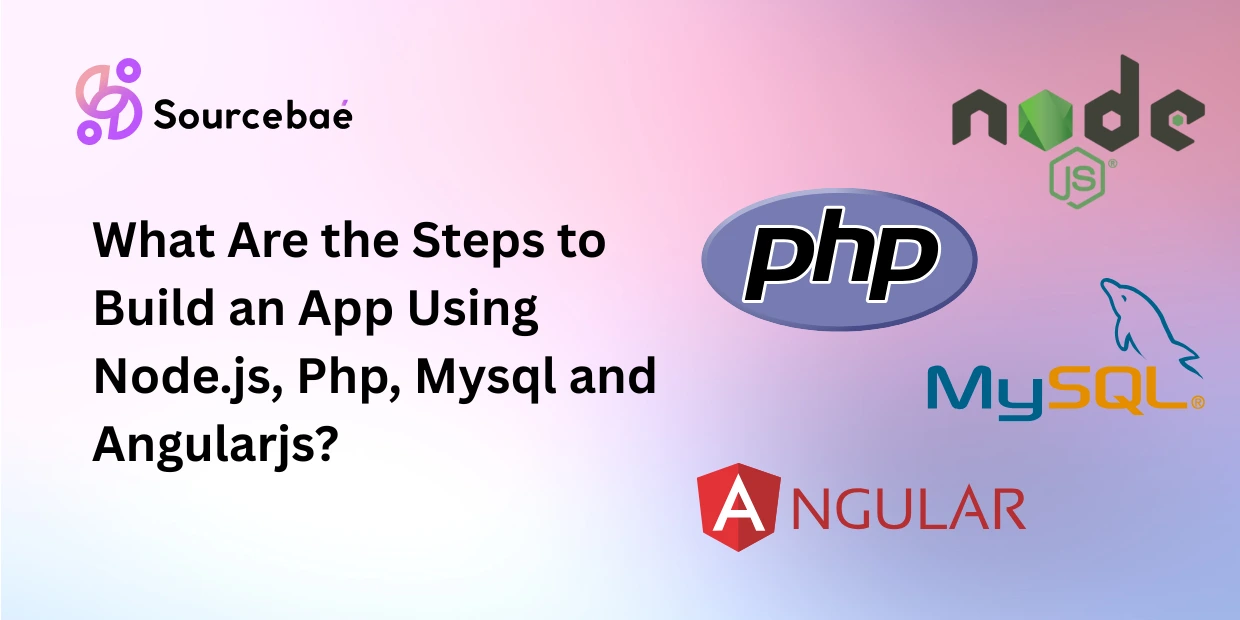In the ever-evolving world of technology, full-stack web development remains a captivating field. However, you might wonder, “Is Full Stack Web Development a dying career?” In this comprehensive guide, we will not only address this question but also delve into the intricate steps involved in building an app using Node.js, PHP, MySQL, and AngularJS. By the end of this article, you will have a clearer perspective on the future of full-stack development and a solid understanding of the development process.
The Role of Full Stack Web Developers
Full Stack Web Developers are the architects of the digital world, proficient in both frontend and backend development. They possess a versatile skill set that includes knowledge of programming languages, databases, and frameworks. These experts play a pivotal role in designing, developing, and maintaining web applications, making them highly sought-after professionals.
Why Full Stack Web Development Matters
Bridging the Gap
One of the primary reasons full-stack development is essential is its ability to bridge the gap between frontend and backend development. Full-stack developers can seamlessly integrate various components of a web application, ensuring a cohesive and efficient user experience.
Cost-Efficiency
Hiring a full-stack developer can be cost-effective for businesses, as they can handle multiple aspects of a project. This reduces the need for hiring specialists for each development phase, ultimately saving resources.
Versatility
Full-stack developers are versatile problem solvers. They can adapt to changing project requirements, making them indispensable assets for any development team.
The Steps to Build an App Using Node.js, PHP, MySQL, and AngularJS
Now, let’s explore the step-by-step process of building an app using Node.js, PHP, MySQL, and AngularJS. These technologies are widely used in web development and offer robust solutions for creating dynamic web applications.
Step 1: Planning Your App
Before diving into coding, meticulous planning is crucial. Define the app’s purpose, target audience, and features. Create wireframes and user stories to outline the app’s functionality.
Step 2: Setting Up the Development Environment
To work with Node.js, PHP, MySQL, and AngularJS, you need to set up your development environment. Install the necessary software and tools, such as Node.js, PHP, MySQL, and Angular CLI, to begin coding.
Step 3: Frontend Development with AngularJS
AngularJS is a powerful frontend framework. Start by creating the user interface (UI) of your app using AngularJS components and templates. Implement responsive design and user-friendly navigation.
Step 4: Backend Development with Node.js
Node.js is an ideal choice for backend development. Build the server-side logic, handle API requests, and ensure data security. Node.js offers excellent performance and scalability.
Step 5: Database Design with MySQL
Design the database schema for your app using MySQL. Define tables, relationships, and data structures. MySQL is a reliable and widely-used relational database management system (RDBMS).
Step 6: Integrating PHP
PHP is a server-side scripting language known for its versatility. Use PHP to connect the frontend and backend, handling data exchange and business logic. Ensure data integrity and security.
Step 7: Testing and Debugging
Thoroughly test your app to identify and fix any bugs or issues. Use debugging tools and conduct user acceptance testing (UAT) to ensure a smooth user experience.
Step 8: Deployment
Prepare your app for deployment on a web server. Configure server settings, optimize performance, and secure your application. Consider using cloud hosting services for scalability.
Step 9: Continuous Improvement
Web development is an ongoing process. Gather user feedback and analyze app performance. Continuously update and improve your app to meet evolving user needs.
FAQs
Q: Is Full Stack Web Development a Lucrative Career Choice?
A: Yes, full-stack web development continues to be a lucrative career choice with a high demand for skilled professionals.
Q: Can I Learn Full Stack Development on My Own?
A: Absolutely! Many online resources, courses, and tutorials are available for self-learners interested in full-stack development.
Q: Are Node.js, PHP, MySQL, and AngularJS Still Relevant Technologies?
A: Yes, these technologies remain highly relevant and widely used in the web development industry.
Q: What Is the Average Salary of a Full Stack Developer?
A: The average salary of a full-stack developer varies by location and experience but is generally competitive in the IT industry.
Q: Is Full Stack Development Challenging?
A: Full-stack development can be challenging due to its breadth of skills required, but it offers rewarding career opportunities.
Q: How Can I Stay Updated in Full Stack Development?
A: Stay updated by following industry blogs, attending webinars, and participating in online communities dedicated to web development.
Conclusion
In conclusion, Full Stack Web Development is far from a dying career; it remains vibrant and in-demand. As technology continues to advance, the role of full-stack developers becomes even more crucial. By following the steps outlined in this guide, you can embark on your journey to create web applications using Node.js, PHP, MySQL, and AngularJS. Embrace the ever-evolving field of full-stack development, and you’ll find a rewarding and promising career path.






